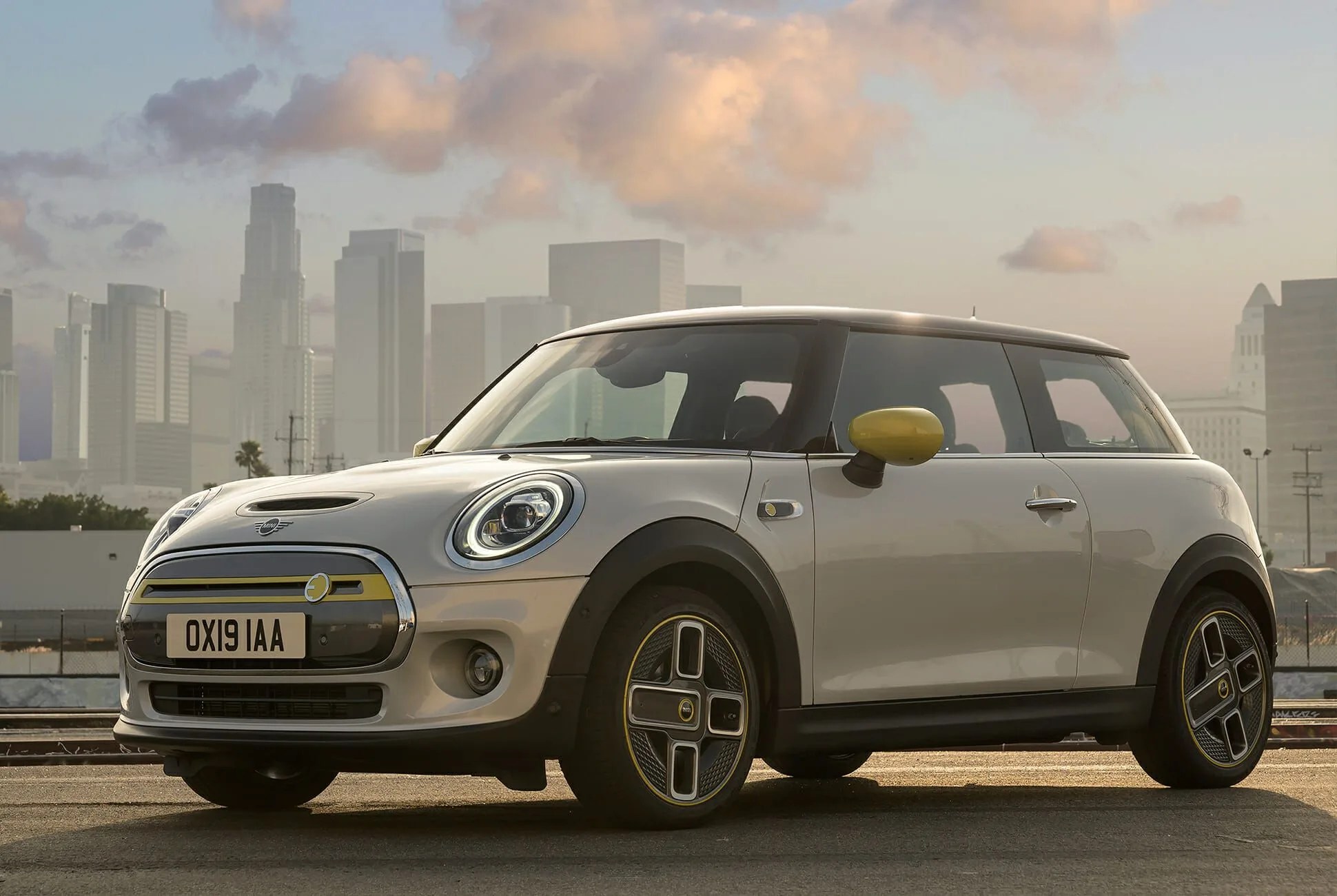There’s no question that electric cars are becoming more popular. Even with relatively few choices available, EVs are outselling manual transmission vehicles in the U.S. (Then again, stick shift options here are fairly limited, too.)
The prime adoption barrier, for many, is no longer coming to grips with an alternative powertrain; it’s affording one. EVs are expensive. Most base models costs somewhere in the $35-40,000 range, which is out of reach for the millennials more apt to buy them.
Mini looked like it may have had a candidate for the long-awaited EV-for-the0masses with the new electric Mini Cooper SE. It starts at $29,900. Federal and state tax credits could push the price in some states below $20,000. The catch was the range. We knew it would be well below the 201-mile mark the Porsche Taycan just barely hit, but the final EPA numbers are brutal: the Mini Cooper SE will have a maximum range of 110 miles.
To be fair, many Americans worry too much about range anxiety. Most people don’t need 300 miles of range for their everyday lives, especially if they can charge at home or at their destinations. Even the Mini’s paltry 110 miles would cover most peoples’ daily commutes and grocery store runs.
The trouble is, that range is just short enough to open a space for anxiety and questions creep in during normal driving. Can I use the AC or heat that drains a few miles of range when I drive crosstown to visit a friend? Can I leave the car out in the battery-depleting cold at the airport and have enough juice to get home?
Also, keep in mind that the electric Mini’s range is only on par with the early-adopter EVs from early in the 2010s, which isn’t great. Used EVs depreciate heavily; if you can live with that tiny amount of range, you can find better deals.
Here’s a 2016 Nissan Leaf S with fewer than 20,000 miles for less than $10,000. Want a similarly-capable car in the BMW family? Here’s a 2017 BMW i3 for under $20,000. Hell, you don’t even need to buy used. With BMW offering a $7,500 lease credit, you can lease a new 2019 i3 for less than $300 per month.
